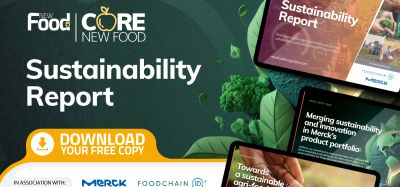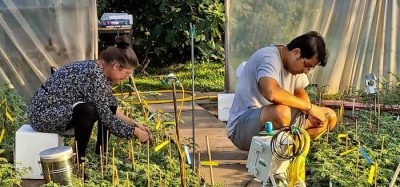The “world’s first” cultivated steak: “No one else can do it”
- Like
- Digg
- Del
- Tumblr
- VKontakte
- Buffer
- Love This
- Odnoklassniki
- Meneame
- Blogger
- Amazon
- Yahoo Mail
- Gmail
- AOL
- Newsvine
- HackerNews
- Evernote
- MySpace
- Mail.ru
- Viadeo
- Line
- Comments
- Yummly
- SMS
- Viber
- Telegram
- Subscribe
- Skype
- Facebook Messenger
- Kakao
- LiveJournal
- Yammer
- Edgar
- Fintel
- Mix
- Instapaper
- Copy Link
Posted: 22 February 2023 | Grace Galler | No comments yet
New Food’s Grace Galler speaks to Che Connon about the innovation process behind the world’s first cultivated steak.
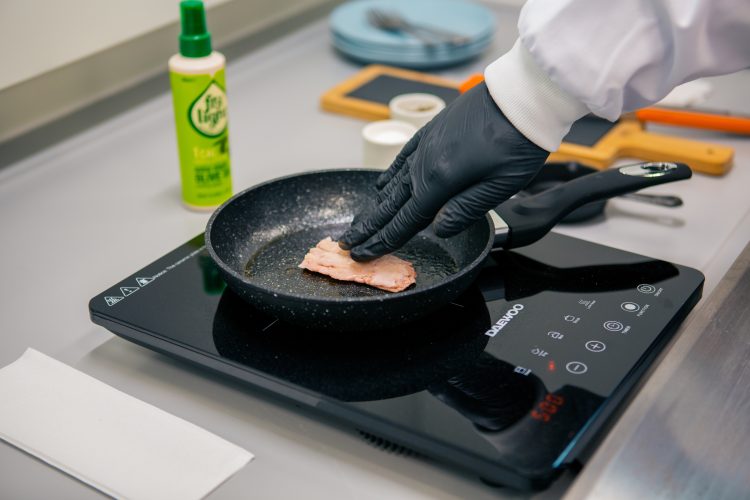

Connon claims that the cultured steak has the same
The cultivated meat industry seems to have a lot going on right now. Just a few months ago, the Food and Drug Administration (FDA) gave the green light to Upside Foods’ lab grown chicken, causing a food industry frenzy. Meanwhile many researchers across the world had been refining their own cultivated meat products, hoping to get them to market in the near future.
Earlier in February 2023, UK based scientists at Newcastle University claimed that they created the world’s first cultivated pork steak. Hoping to find out more about the innovation process and the methods behind its creation, New Food’s Grace Galler spoke to Che Connon, Professor of Tissue Engineering at Newcastle University, about the steps that went into this landmark creation.
What does producing the world’s first cultivated steak mean for the food industry?
Che Connon (CC): It is a game changer. It’s the first piece of lab grown meat that’s structured meaning that you’re getting that mouth feel, bite and texture that you associate with ‘normal meat’. That’s because it is, for all intents and purposes ‘normal meat’, just grown in a lab.
It is 100 percent meat, rather than what’s traditionally been done. What differentiates us is that we are trying to create meat as you know it, meat that can be used as a raw ingredient, cooked, chopped and prepared in the same way that people currently prepare fillets.
How long did the research and innovation process take?
CC: We span out from Newcastle University in 2018. A lot of the process and concept was ‘invented’ 10-15 years ago. We have been working on it for that long before the company was formed.
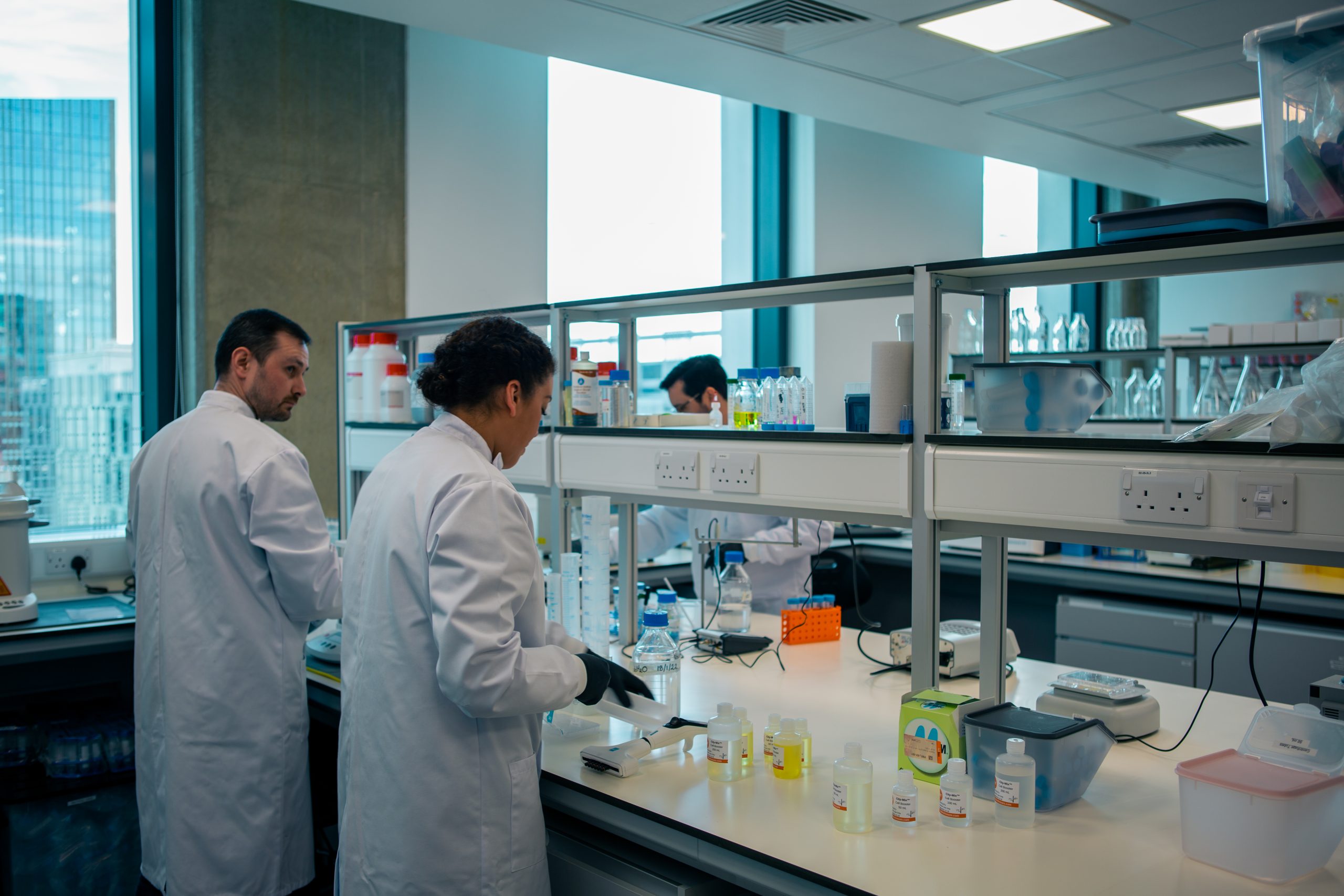

Connon says that the researchers “have a tissue process that allows us to create structured, highly organised tissues”
We used our know-how and knowledge of 3D bio-tissues in the cultivated meat space for probably about a year. We have a tissue process that allows us to create structured, highly organised tissues. We have been doing that with other tissues too, we just apply a different cell type to generate our lab grown steak.
Have you experienced any setbacks?
CC: Of course there are set backs and challenges. One of the initial challenges was media formulation. We did a fantastic job in solving that challenge especially around cost and price.
We developed a supplement that allows us to create media at a fraction of the cost that it would normally cost. We now recognise that as a stand-alone product called City Mix. We have trialed that and it is now being used by quite a few lab grown meat companies around the world and we have been getting some really positive feedback from around the world.
Why was steak your research project of choice?
CC: It is a real challenge for the sector. Currently the products that are being rolled out on development are all under-structured meat products and hybrid products meaning animal cells that come out in a slurry and then are added to some kind of scaffolding. That approach doesn’t really work and it’s difficult to make a convincing steak with that approach. You don’t have the same fibrous texture and particularly the alignment of steak. If you look at it you’ll see bundles of fibres, that all adds to the mouth feel and texture of what we know as steak.
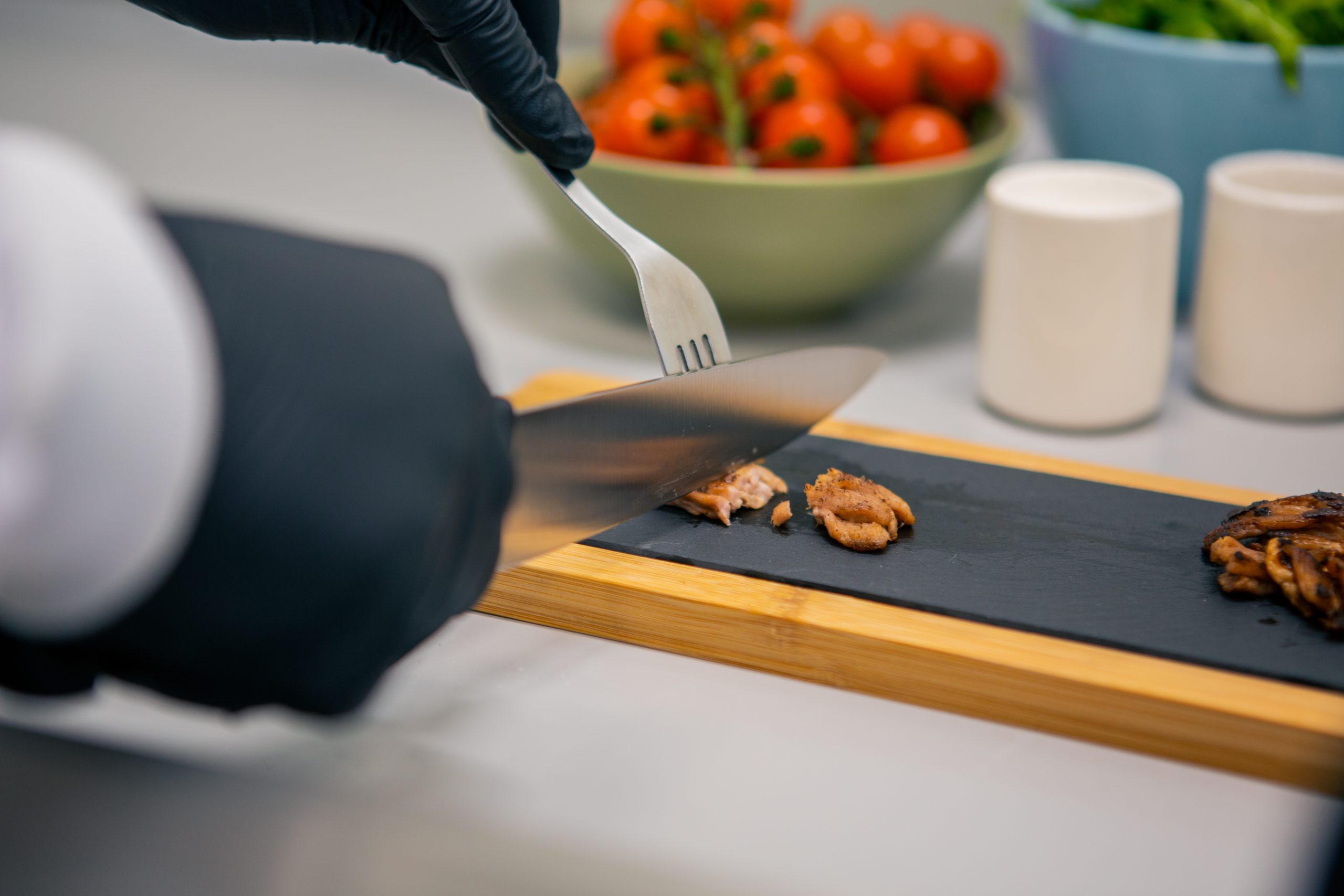

Connon says that the cultivated steak has the same “mouth feel, bite and texture that you associate with ‘normal meat'”
That’s what our technology allows us to do, to recreate exactly that kind of structuring. Steak was an obvious choice, no one else can do it, they haven’t got the right technology and we wanted to start to showcase this technology.
People are working on all sorts of meats from around the world: from zebra and lion to kangaroo. They’re all feasible. We are using our platform technology to grow skin. We could have chosen a different cell type to begin with but the pork one made a lot of sense to us.
When and where will the product be available for consumers to try?
CC: It’s a difficult one to answer straight away. We are not a producer ourselves so we are talking to manufacturers and supermarkets and its going to be a joint effort to take it forward. We are looking to license this technology as well as the City Mix media supplements. We know that there will be one or two coming onto the shelves this year from other companies and that took several years of development and approval. Using the structuring technology, you’re probably looking three-five years out.
What other opportunities can cultivated meat research create?
CC: There is a drive to reduce animal meat (consumption) and similarly, animal skin is a part of that industry. Some companies are heavily involved in leather like high end fashion companies. There is a versioning market in sourcing different varieties of leather.
The lab grown leather market has all the same benefits as lab grown meat does in reducing animal cruelty and greenhouse gas emissions etc.
Do you see cultivated steak reaching price parity with its farm-bred counterparts? If so when?
CC: Yes. I think they all will eventually. One of the problems is media costs. The cost of media is up to about 80 percent of the operating costs. A recent report has shown that it isn’t going to change very much in the next 10 years but that report didn’t factor in our remarkable City Mix so that is going to reduce the cost massively which will help massively.
I am very confident we can get the price down. I have read that actual meat costs are not accurate. They are artificially low through Government support, they don’t have to factor in the costs of greenhouse gas emissions. If those were actually considered and the real price of meat was actually used then its less far to go.
I suppose a good question is what is the cost of meat? Once you have a good answer for what the cost of meat is, a robust answer, especially if you consider all the other impacts it has, then you can consider the price parity question more easily.
What we are striving to do is create the technologies so that meat producers can create meat which is identical to some of the meat cuts that they are already using to the consumers are not thinking about where it comes from.
Do you see cultivated meat as the food of the future?
CC: I do. And I must admit that opinion has been strengthened hugely after tasting our own. It is so convincing that it is difficult to see how it won’t be.
Biography
Che has over 20 years of experience in extracellular matrix biology and is currently a Professor of Tissue Engineering at Newcastle University. He is the CEO of 3D Bio Tissues also a seasoned entrepreneur having successfully raised finance fort three biotech spin-out companies. Che is also Managing Director of BSF Enterprise PLC an LSE-listed company that wholly owns 3DBT.
Related topics
Cultured Meat, Equipment, Food Security, Lab techniques, Proteins & alternative proteins, Quality analysis & quality control (QA/QC), Research & development, Sustainability, World Food




